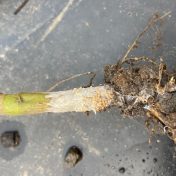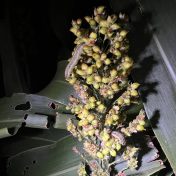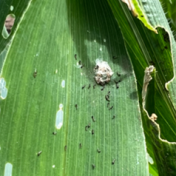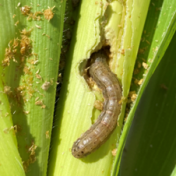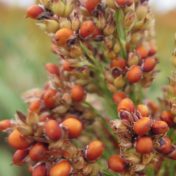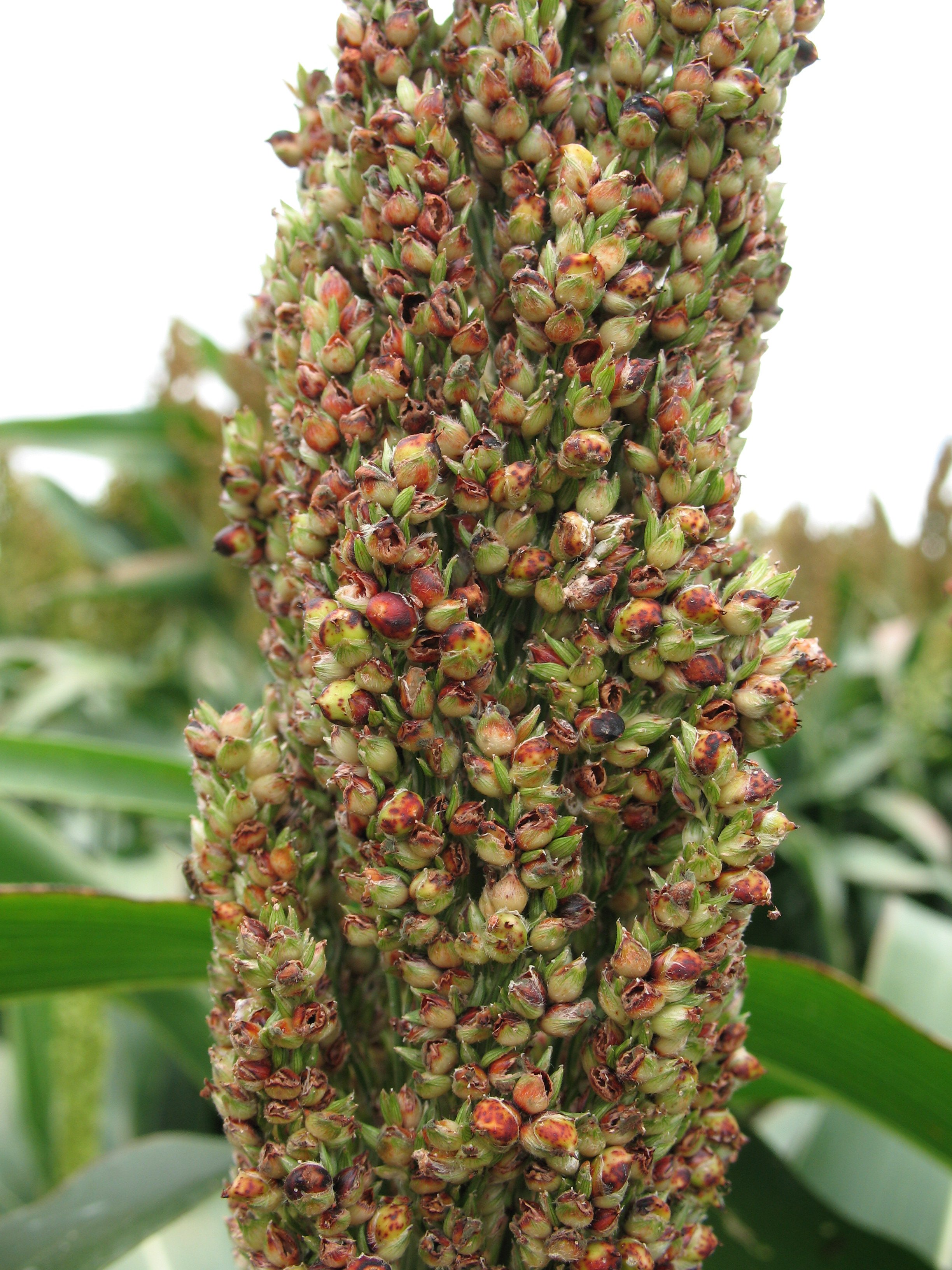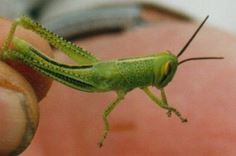Warm, wet conditions have led to isolated outbreaks of the fungal pathogen, Sclerotium rolfsii, in sorghum and grain legume crops across southern Queensland (although other regions are also at risk) and several disease outbreaks in mungbean crops growing throughout Queensland and northern New South Wales. Sclerotium rolfsii Sclerotium is a soilborne pathogen that can infect a wide range of plant… Read more »
Maize and sorghum crops across Queensland are experiencing extreme fall armyworm (FAW) pressure. In Central Queensland in particular, sorghum planted in the typical planting window has been heavily impacted by the very high FAW pressure. Persistent, high-density infestations pose a risk to crops from emergence through to grain fill. In an unwelcome development not observed in previous seasons, large FAW… Read more »
Late sorghum is susceptible to FAW damage, and potential yield loss, in the vegetative stage. This article discusses how the yield loss happens and how to determine if your crop is at risk. The information below was generated from both sorghum trials being undertaken at the Gatton research station funded by the Queensland Government and GRDC in collaboration with QAAFI… Read more »
Disease surveys across northern New South Wales and southern Queensland have found that many sorghum crops have been impacted by rust. Sorghum rust is caused by the fungal pathogen, Puccinia purpurea, and is considered to be a relatively minor disease of sorghum in Australia. Symptoms Rust can infect sorghum crops at all stages of growth. Initial symptoms appear as small… Read more »
Fall armyworm (FAW) are still active across the Northern Grains Region, but inland Central and Southern Queensland have not experienced continuous population build up in crops since the first immigration of moths in September–October. One of the major contributors to this continuing low pressure is probably the very high natural enemy (beneficial) impact on FAW. A number of very common… Read more »
Sorghum is most susceptible to crop loss from insect pests during flowering and grain fill, and this article deals mostly with these species (sorghum midge, helicoverpa and Rutherglen bug). However, some years there may be pest infestations in vegetative sorghum. Vegetative sorghum During the vegetative stages you may see a few armyworm or helicoverpa larvae causing shot-holes in the leaves,… Read more »
Rutherglen bug (RGB) numbers are persisting in many sorghum crops as they start to reach physiological maturity. Queensland Department of Agriculture and Fisheries (DAF) research has shown no evidence of yield loss as a result of direct feeding on grain once it reaches physiological maturity (black layer). However, because most crops this year have staggered head emergence, there are a… Read more »
Emerging and vegetative summer crops in close proximity to unharvested winter crop are at risk of thrip damage, but the damage is largely cosmetic and rarely warrants treating. Thrips breed up in winter cereals, and particularly after rain, will move out of the winter crops in huge numbers. Most of you will be familiar with the joys of thrips biting… Read more »
Where there is a history of soil insect damage resulting in poor crop establishment a pre-sowing inspection of the affected fields is warranted to determine the likely risk to the upcoming summer crop. Grain baits are an effective way of monitoring for soil-dwelling insect pests of summer crops, and is preferable to sampling with a shovel, which is both time… Read more »
Locusts and grasshoppers are active across large areas of western Queensland and NSW and central Queensland. Reports of the Australian Plague Locust, Migratory Locusts, Yellow winged locust and spur-throated locust have been received from areas around St George to the Central Highlands during January and early February. It has been several years since we have seen such high locust and grasshopper… Read more »
